Beijing-based researchers design an electronic (E-skin) based on silk fibroin for wearable pressure sensor applications.
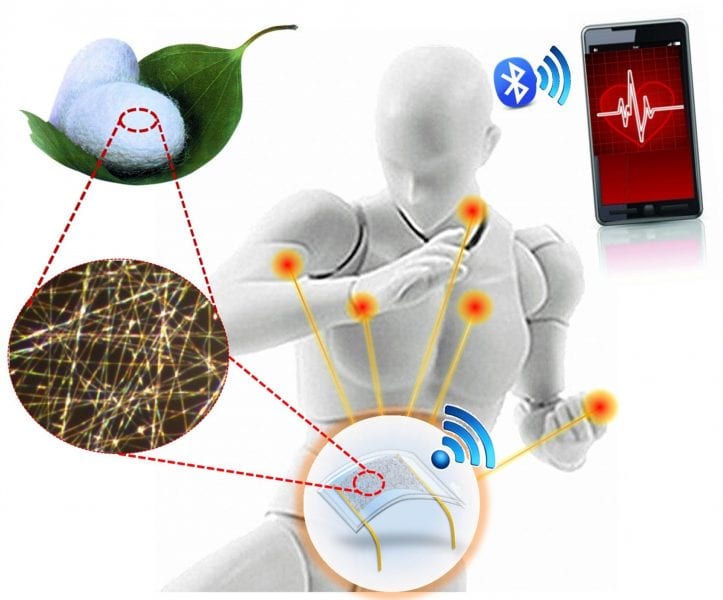

Beijing-based researchers design an electronic (E-skin) based on silk fibroin for wearable pressure sensor applications.
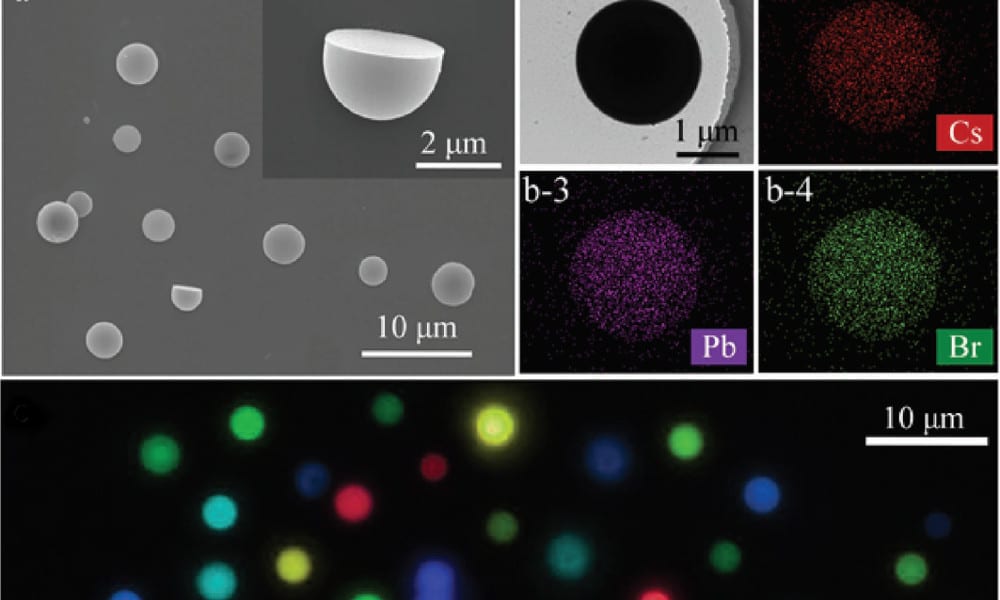
A bright future ahead for bioimaging and optoelectronics, as researchers demonstrate enhanced stability of perovskite nanocrystals by incorporation into polymer matrix microhemispheres.

Organic field-effect transistors (OFETs) use voltage to control the flow of current in an electronic circuit. The channel connecting the source and drain is, in this case, made of an organic semiconductor. Improvements in performance of OFETs, in particular their...

Researchers propose a new idea about the origin of piezoelectric energy generation in graphene.

First-principles analyses of the mechanical properties of borophene – a novel material for flexible nanoelectromechanical devices.
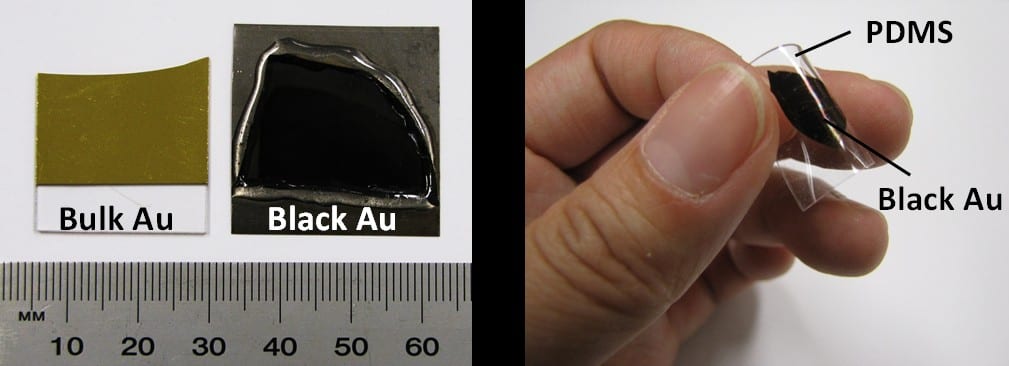
Researchers from the Australian National Fabrication Facility, Monash University, and the University of Melbourne describe the straightforward preparation of black gold, a material of promising optical properties.
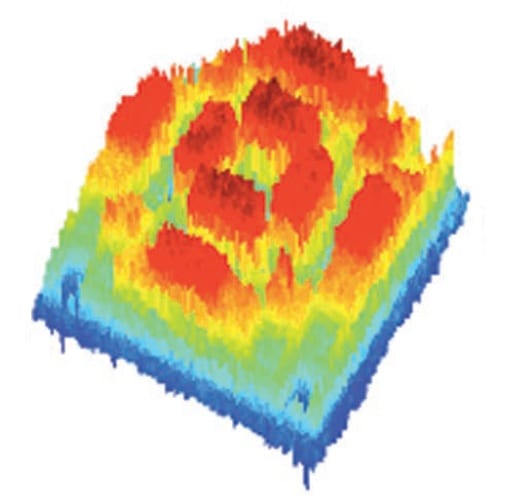
Researchers from the University of British Columbia, Vancouver, believe that 2D barcodes can be made to work harder by fully exploiting the 3D information they actually contain.

‘Greenery’-inspired science from Advanced Functional Materials and Advanced Science.
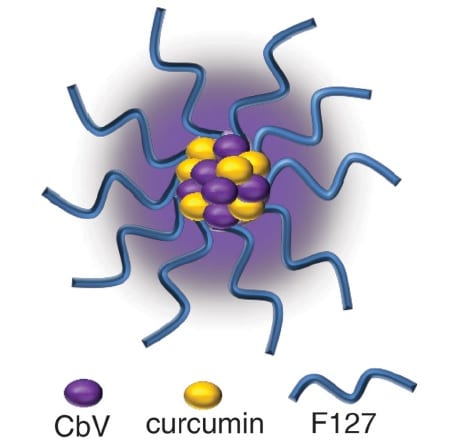
Drug carriers capable of easily crossing the BBB are being explored by a team working across locations in South Korea and the USA.
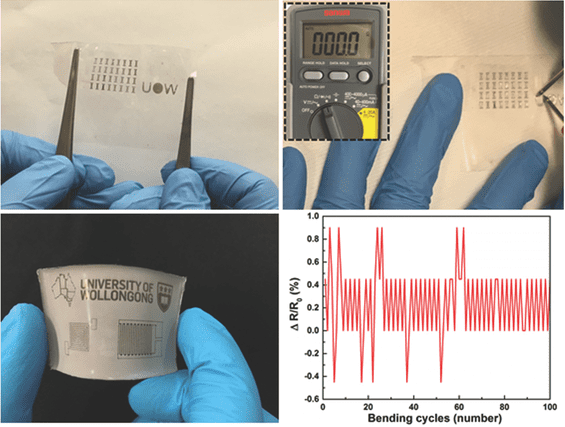
A team of researchers from Australia and China, have developed a family of superconducting liquid metals of GaInSn-alloys and their nanodroplets.